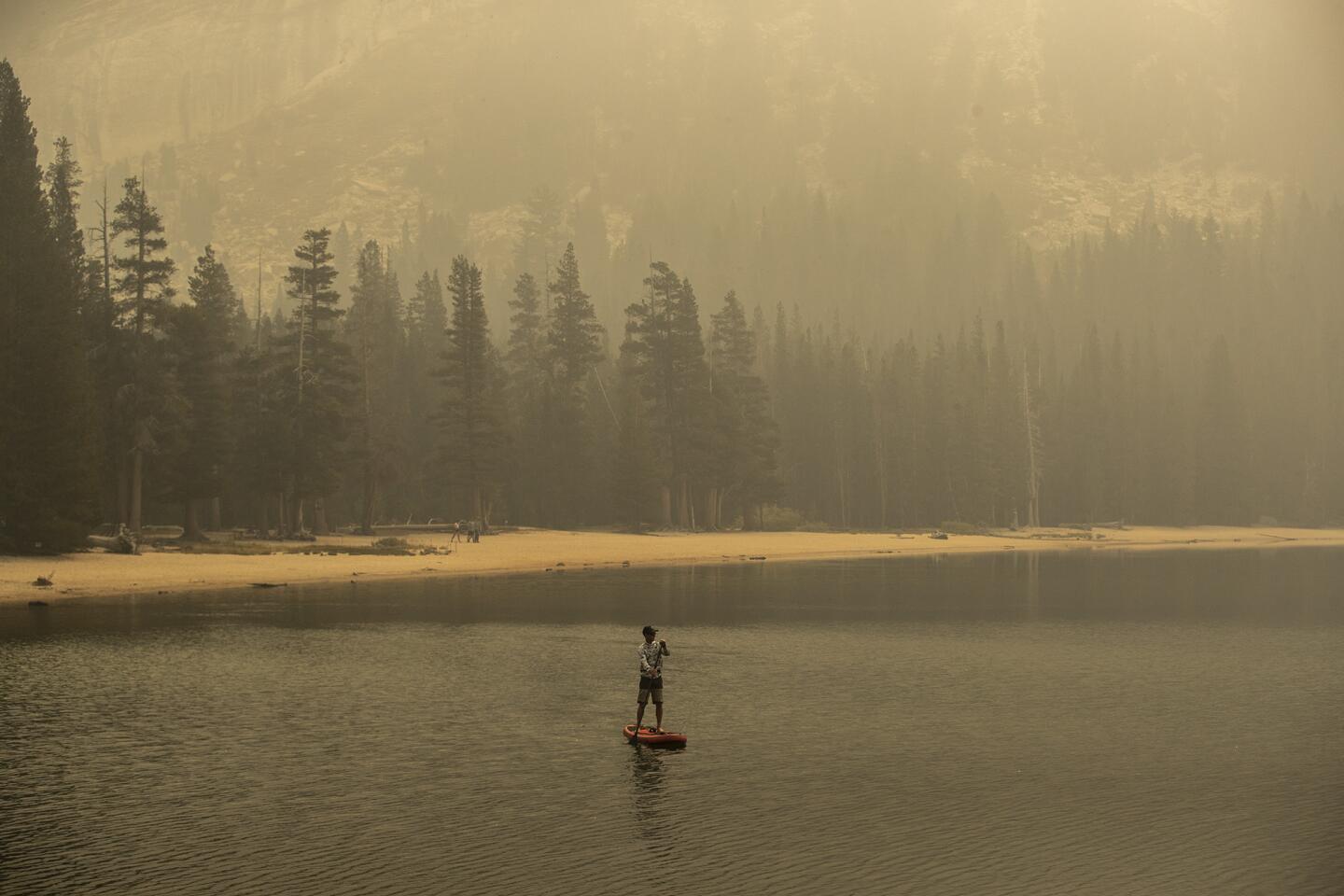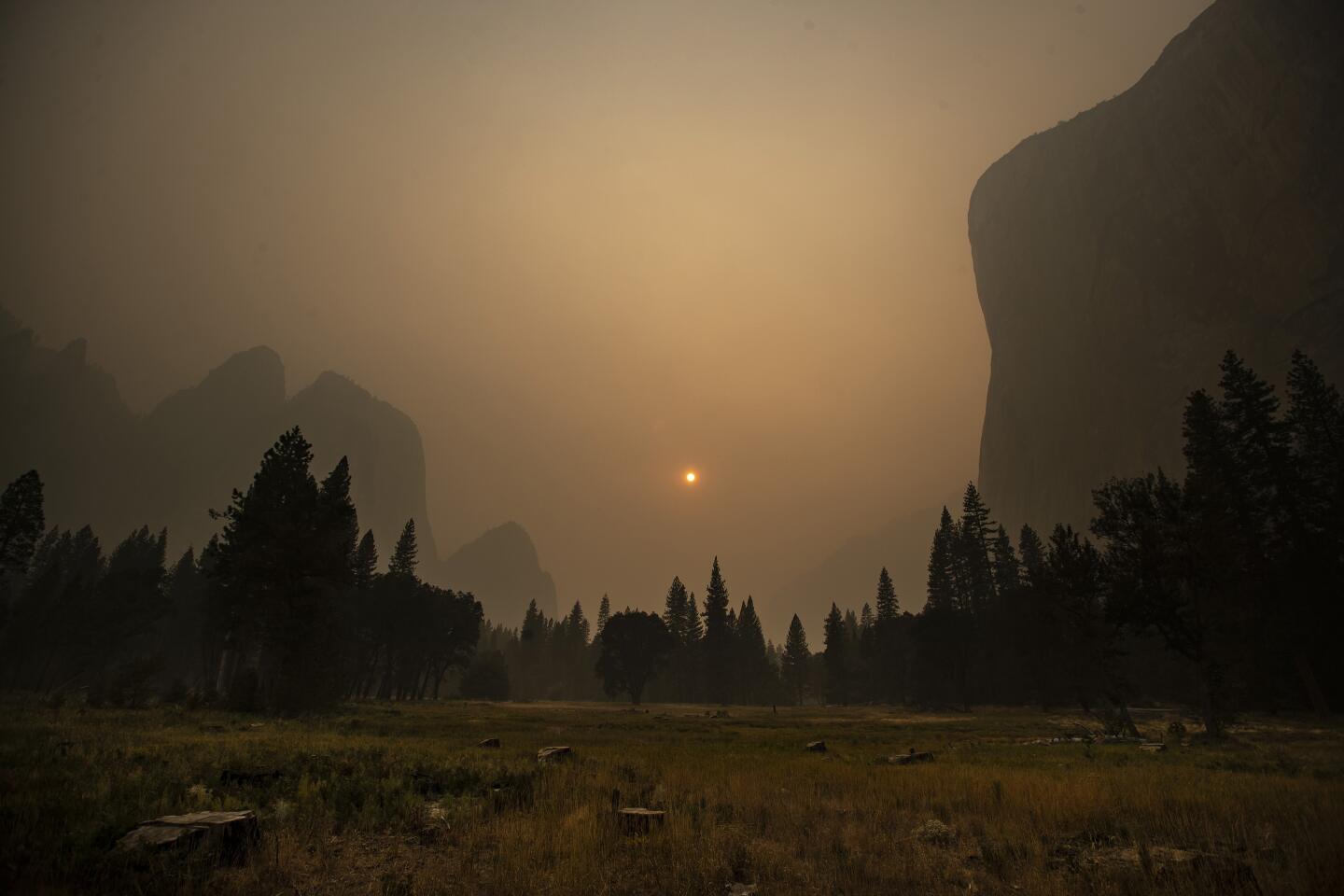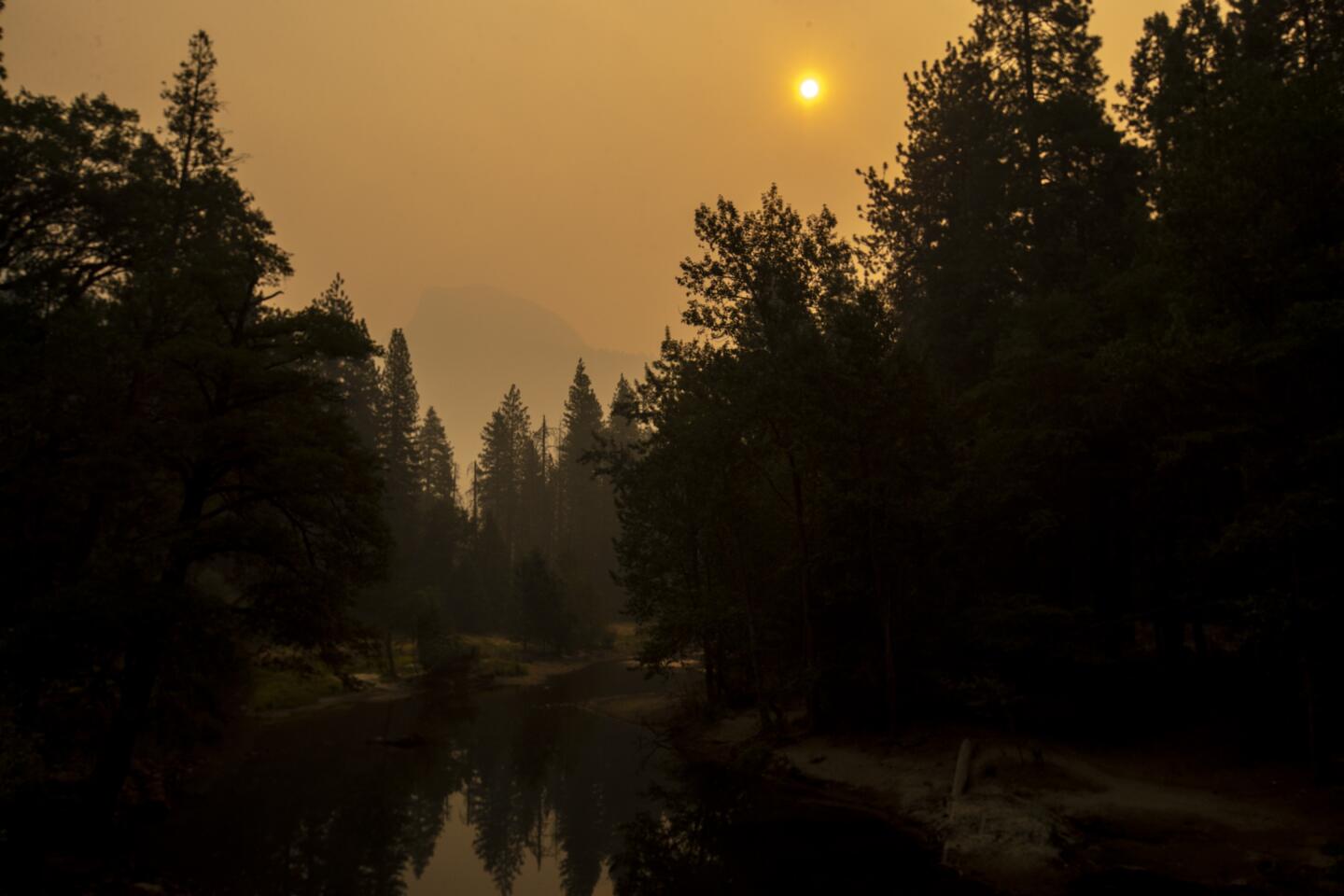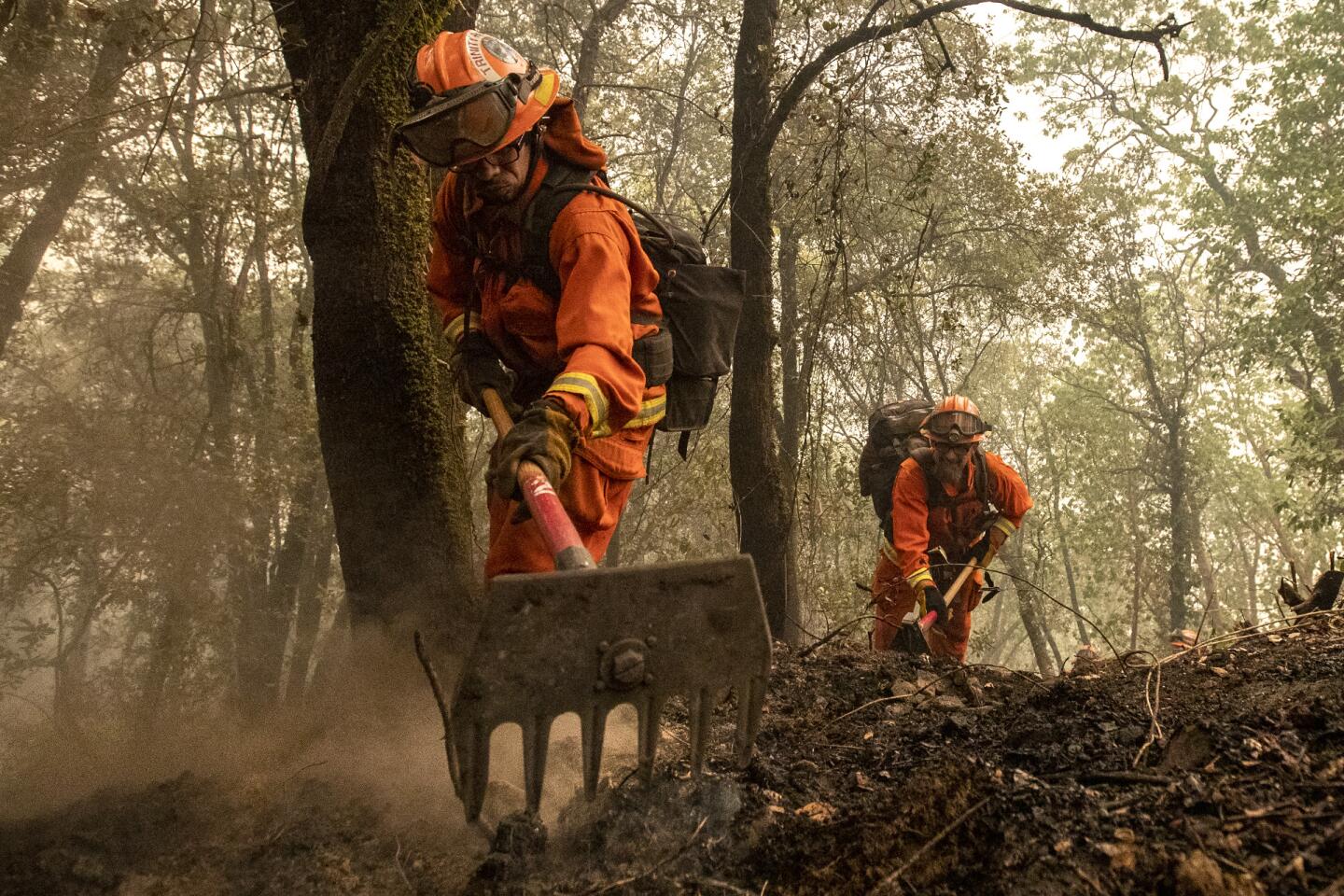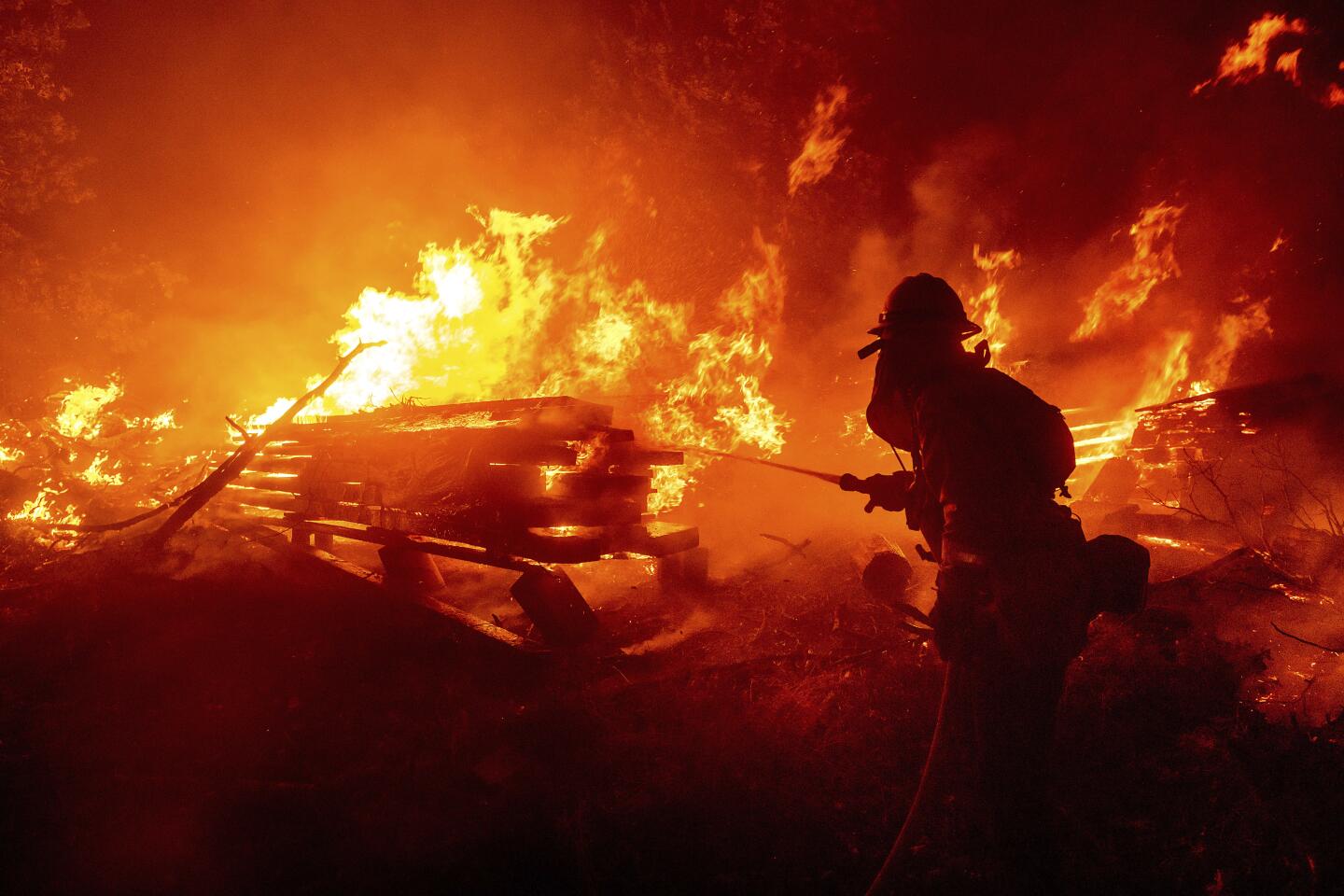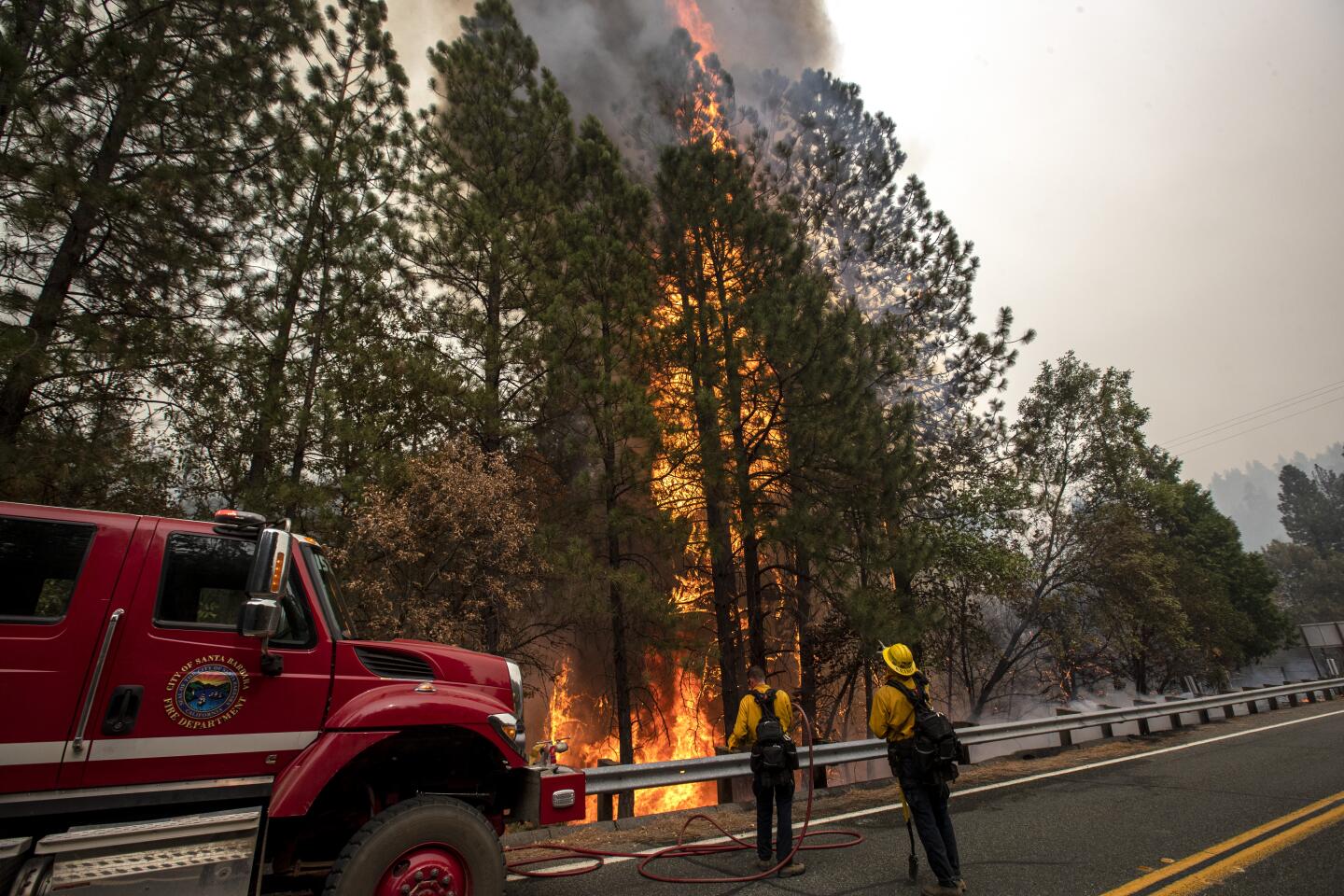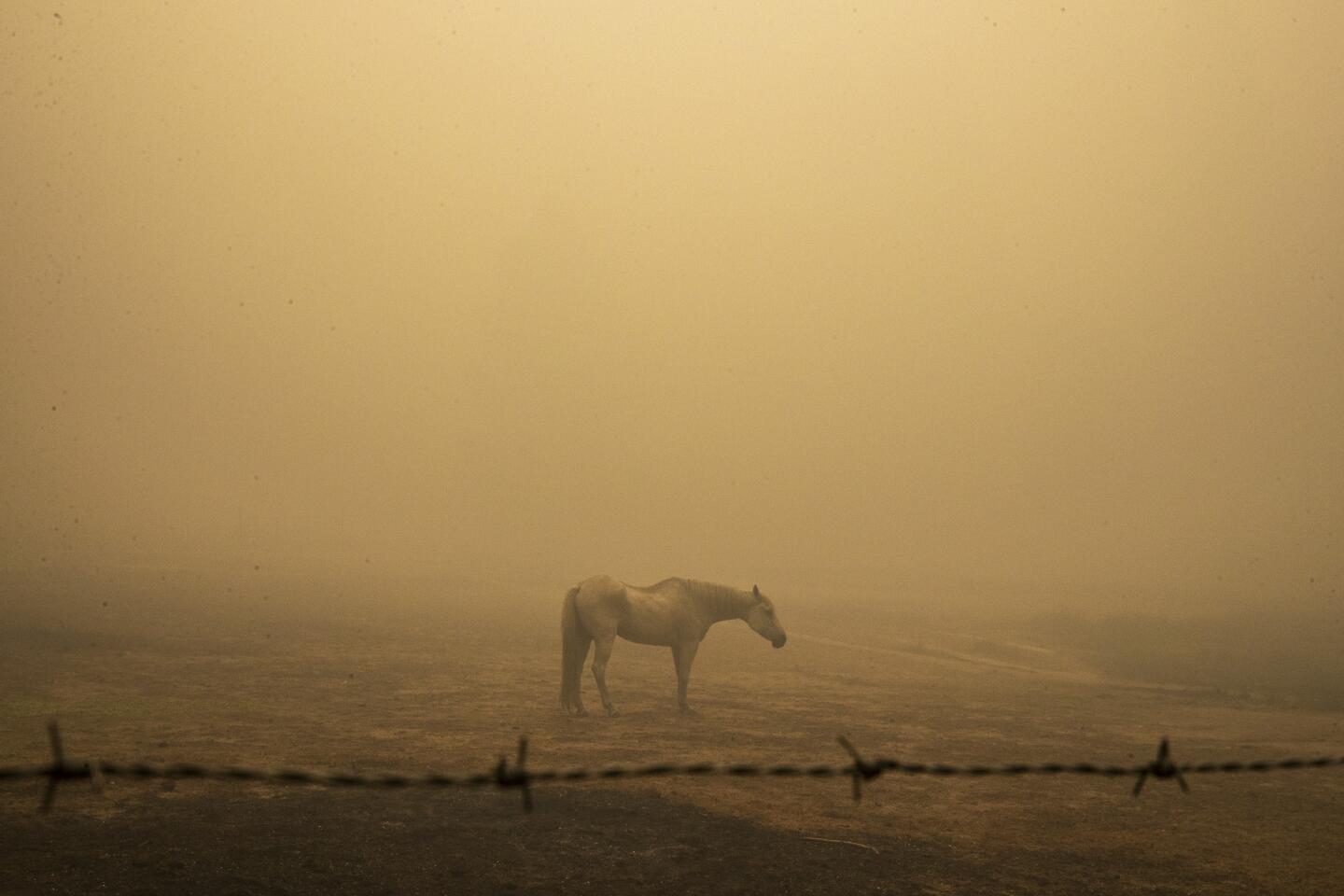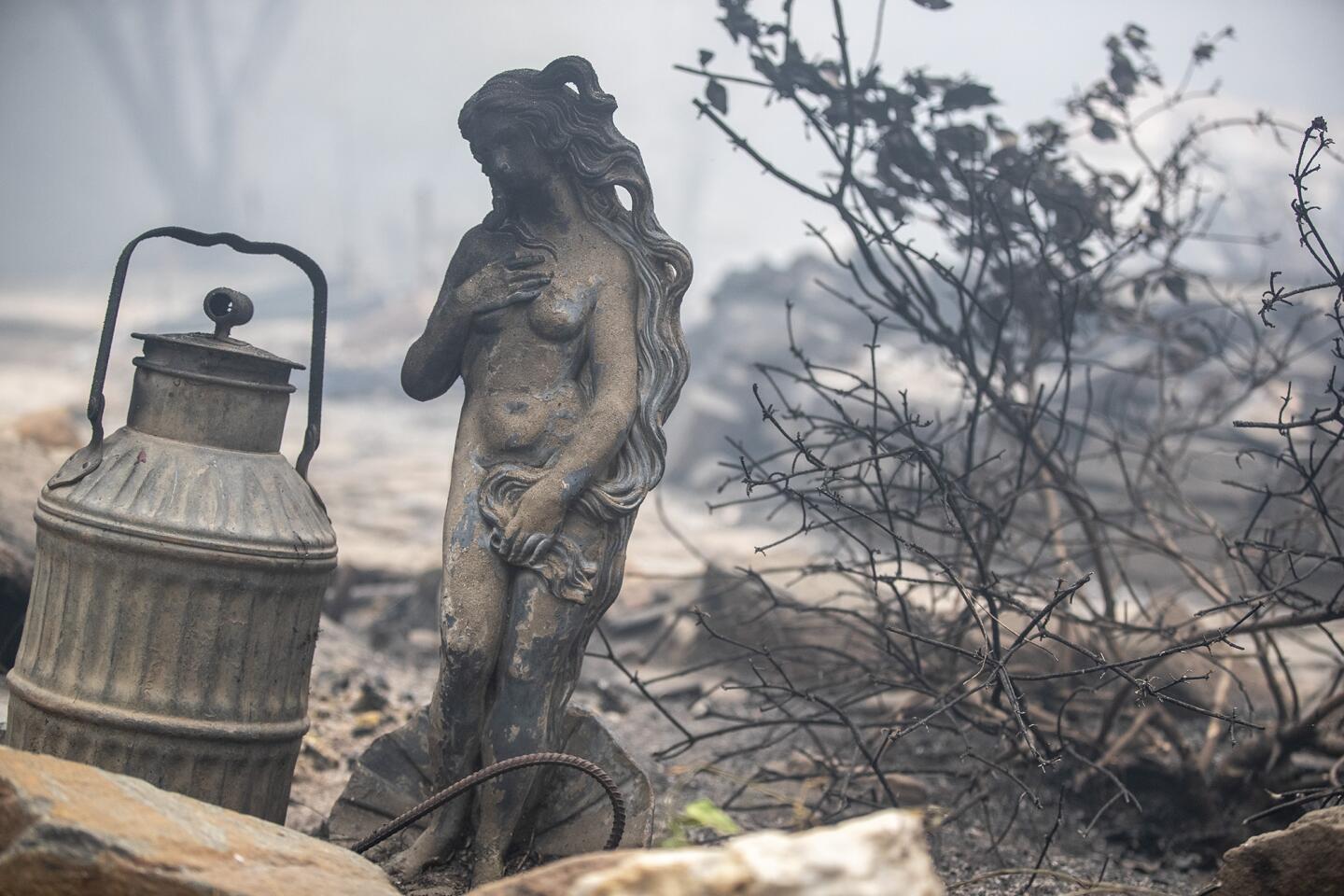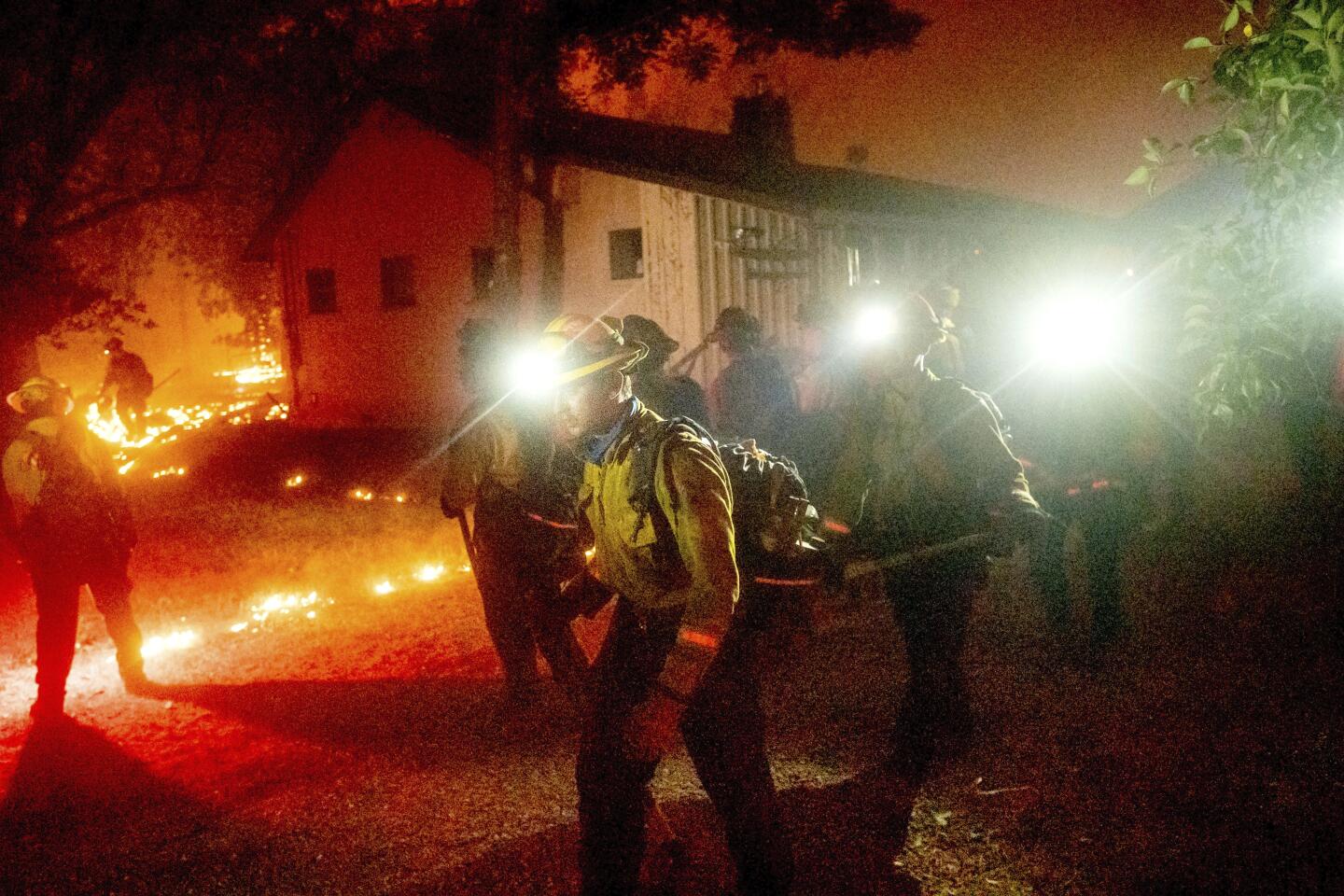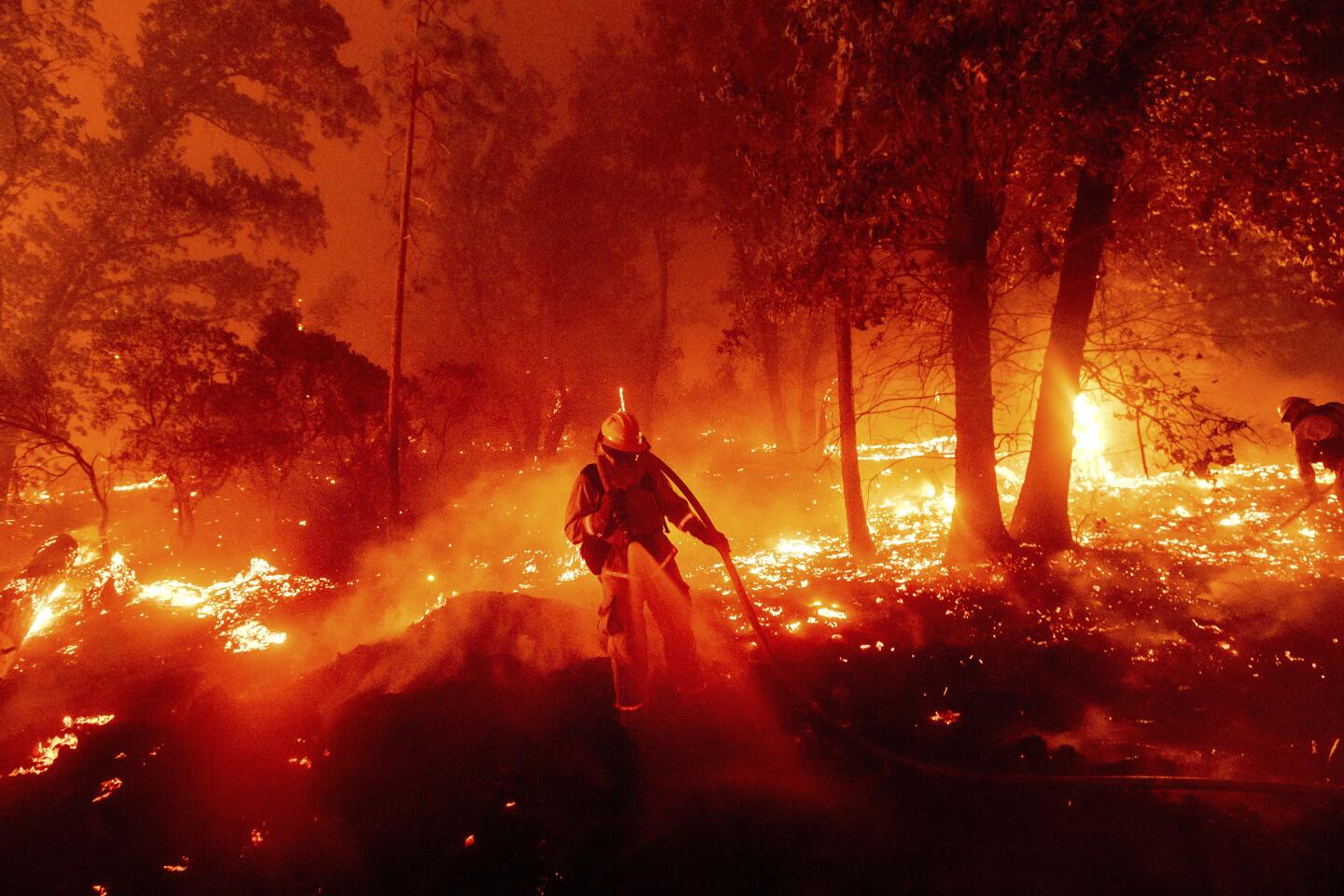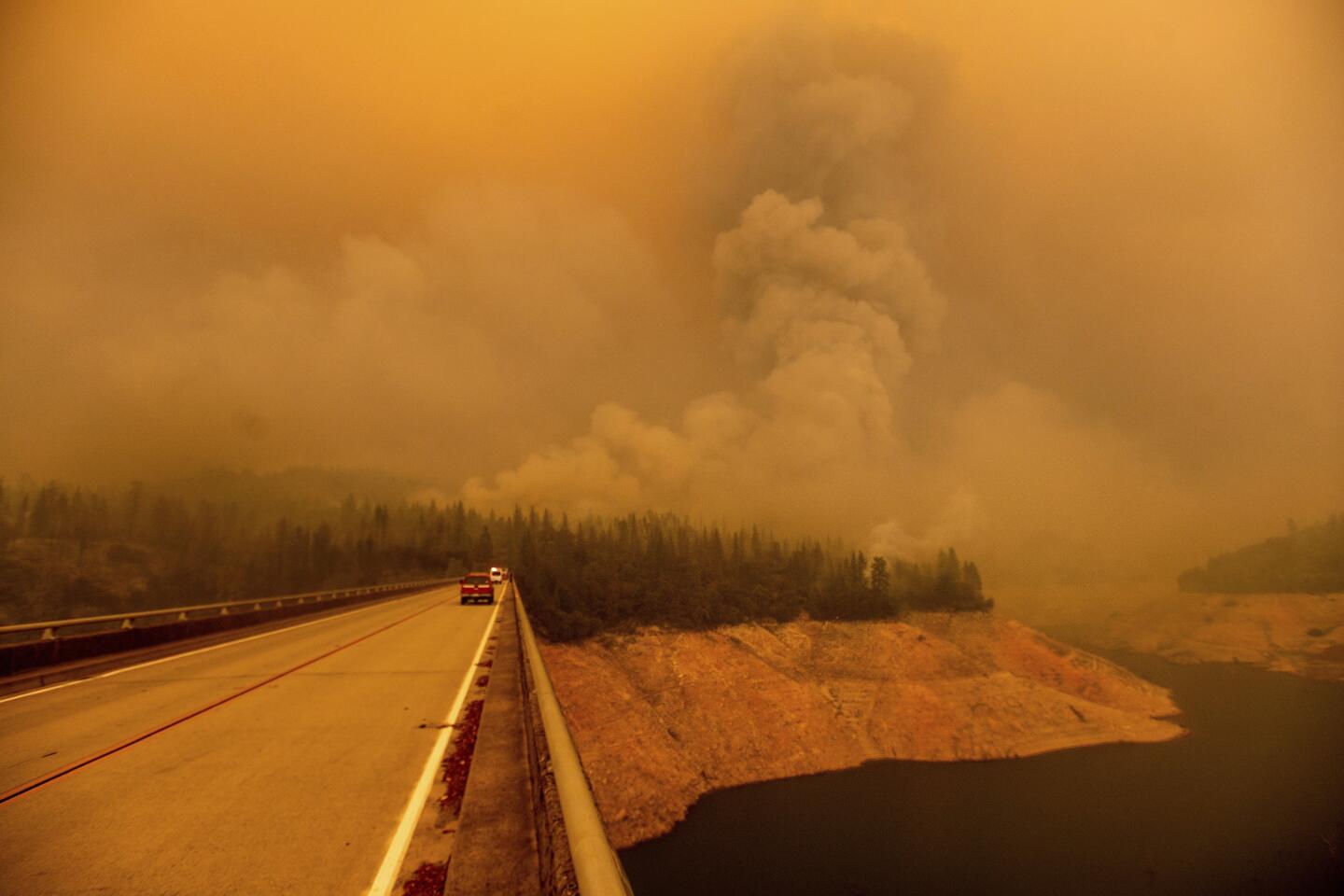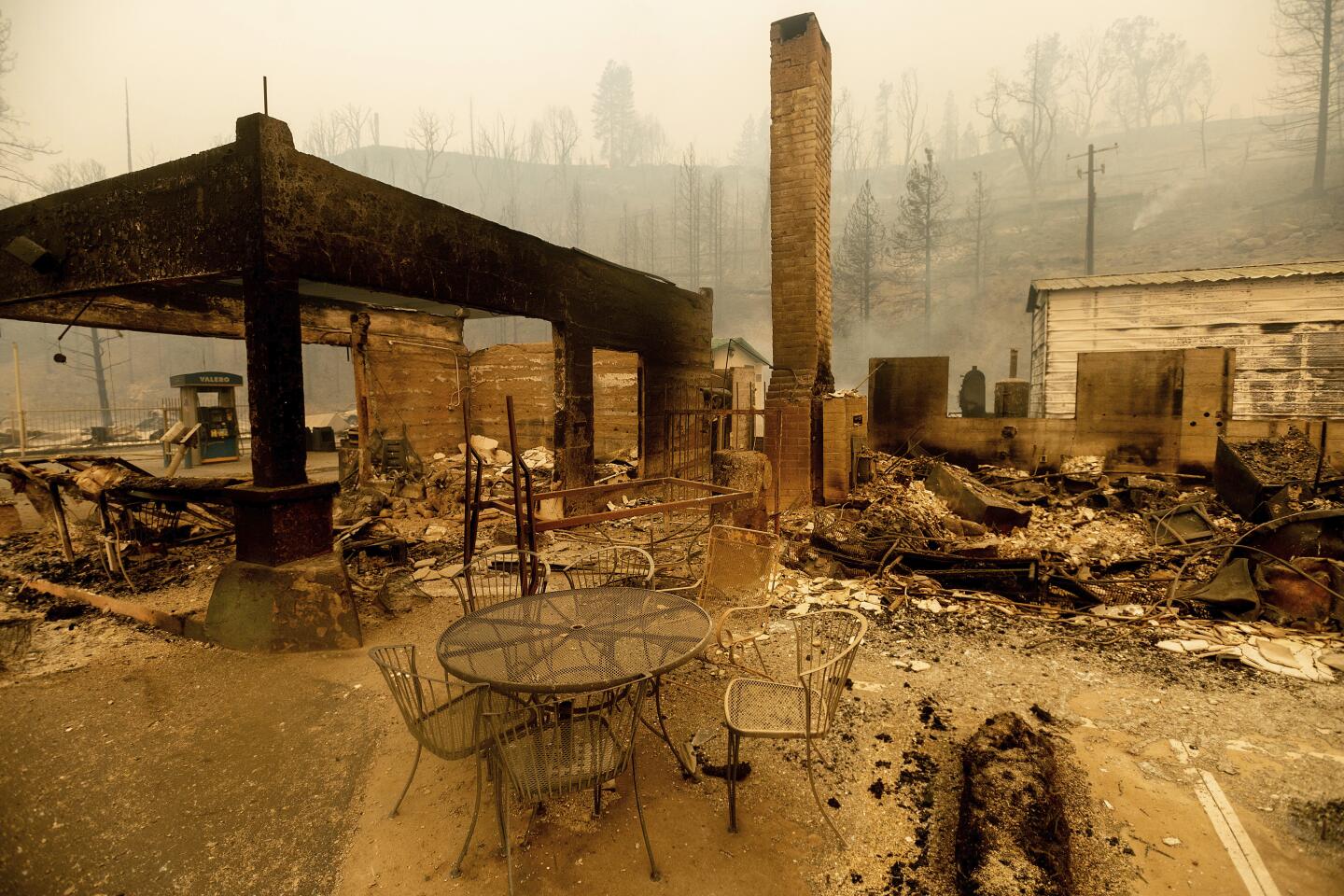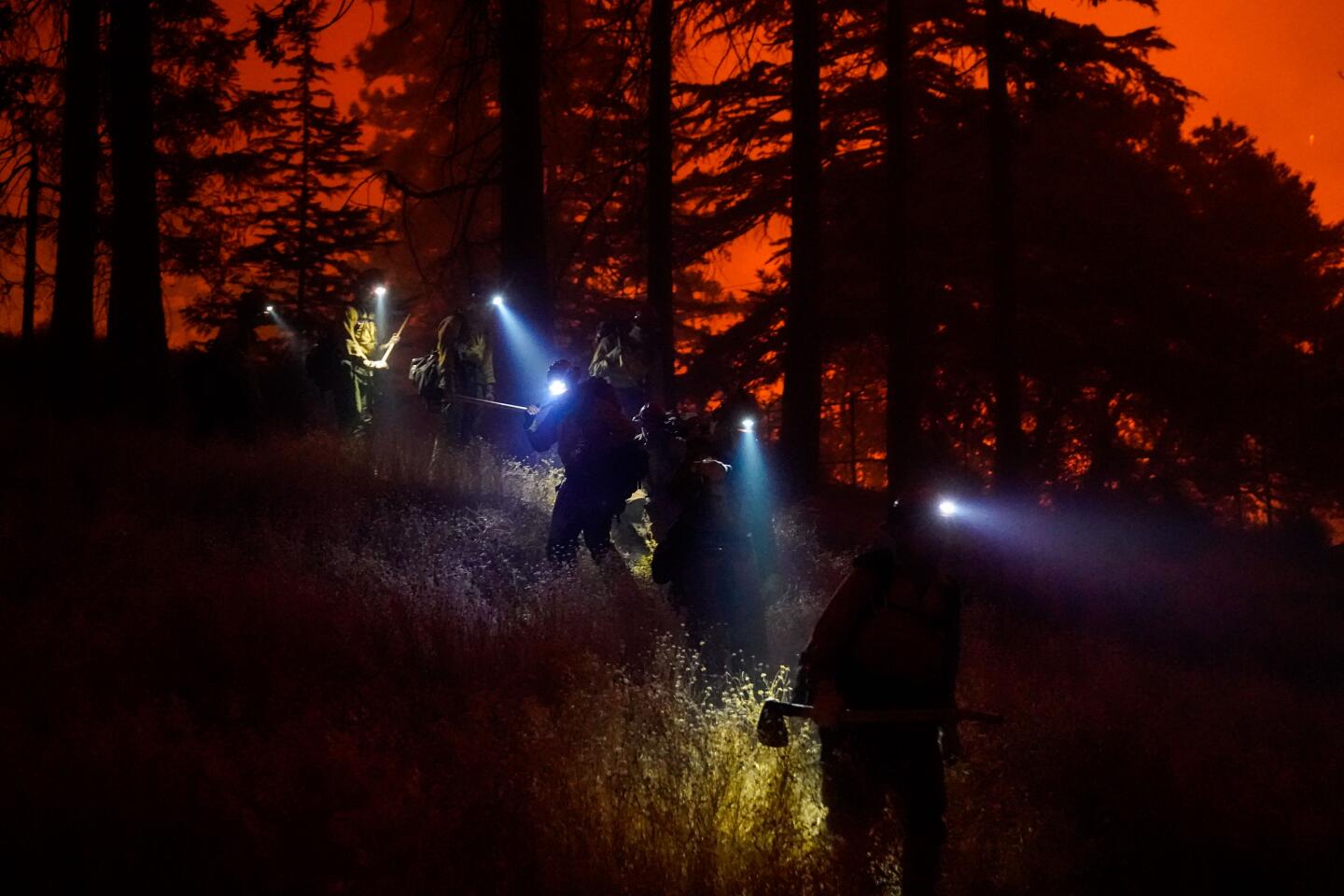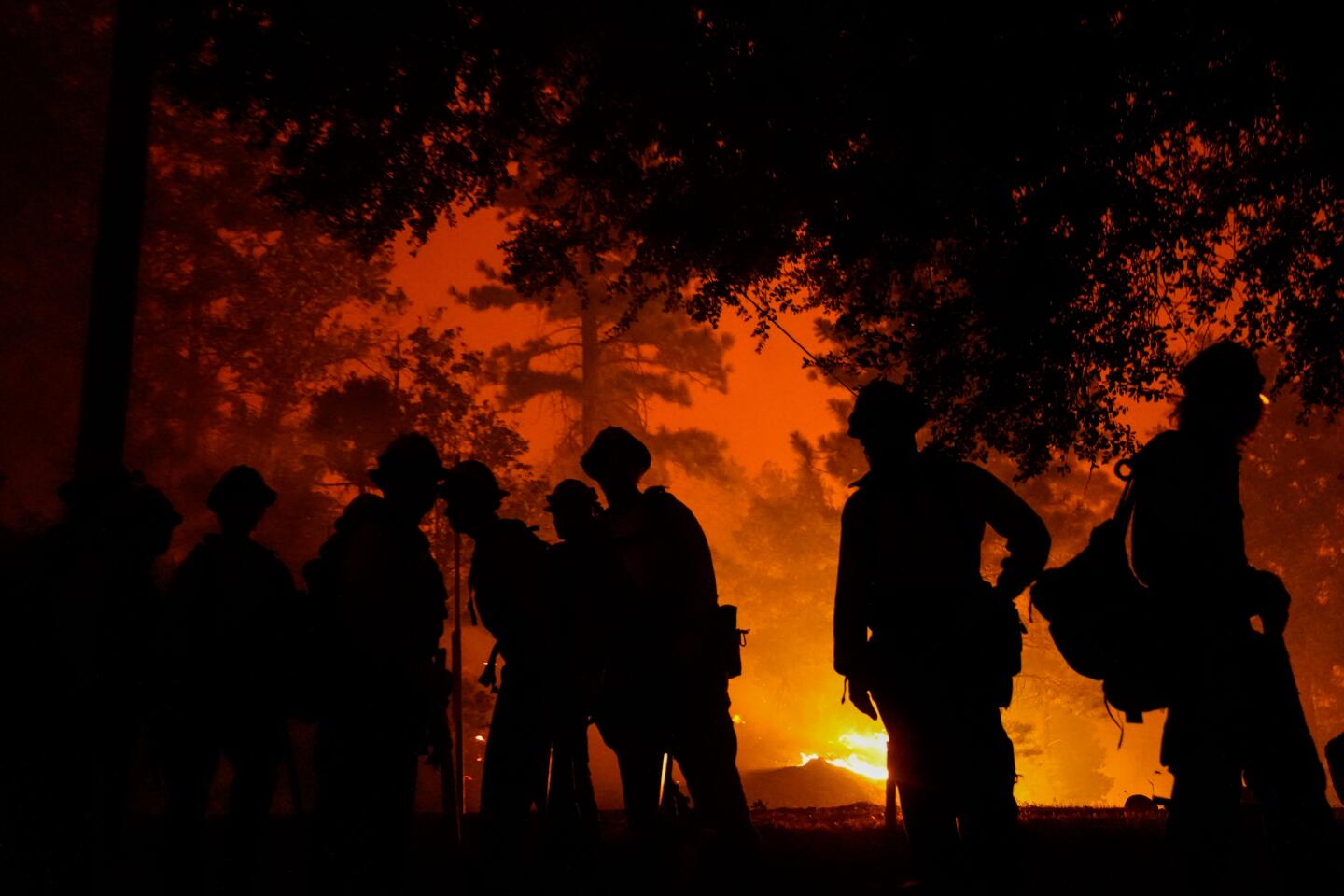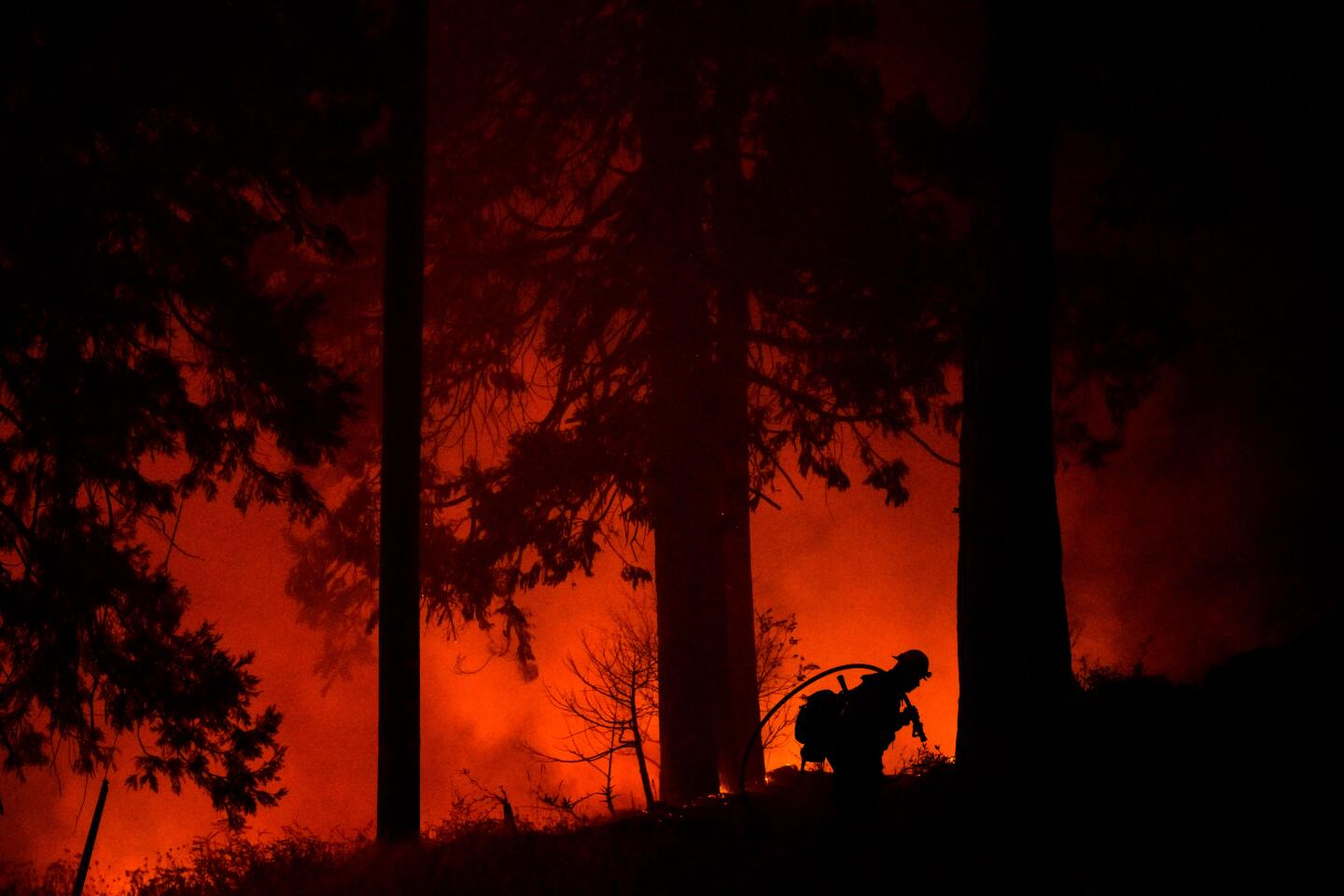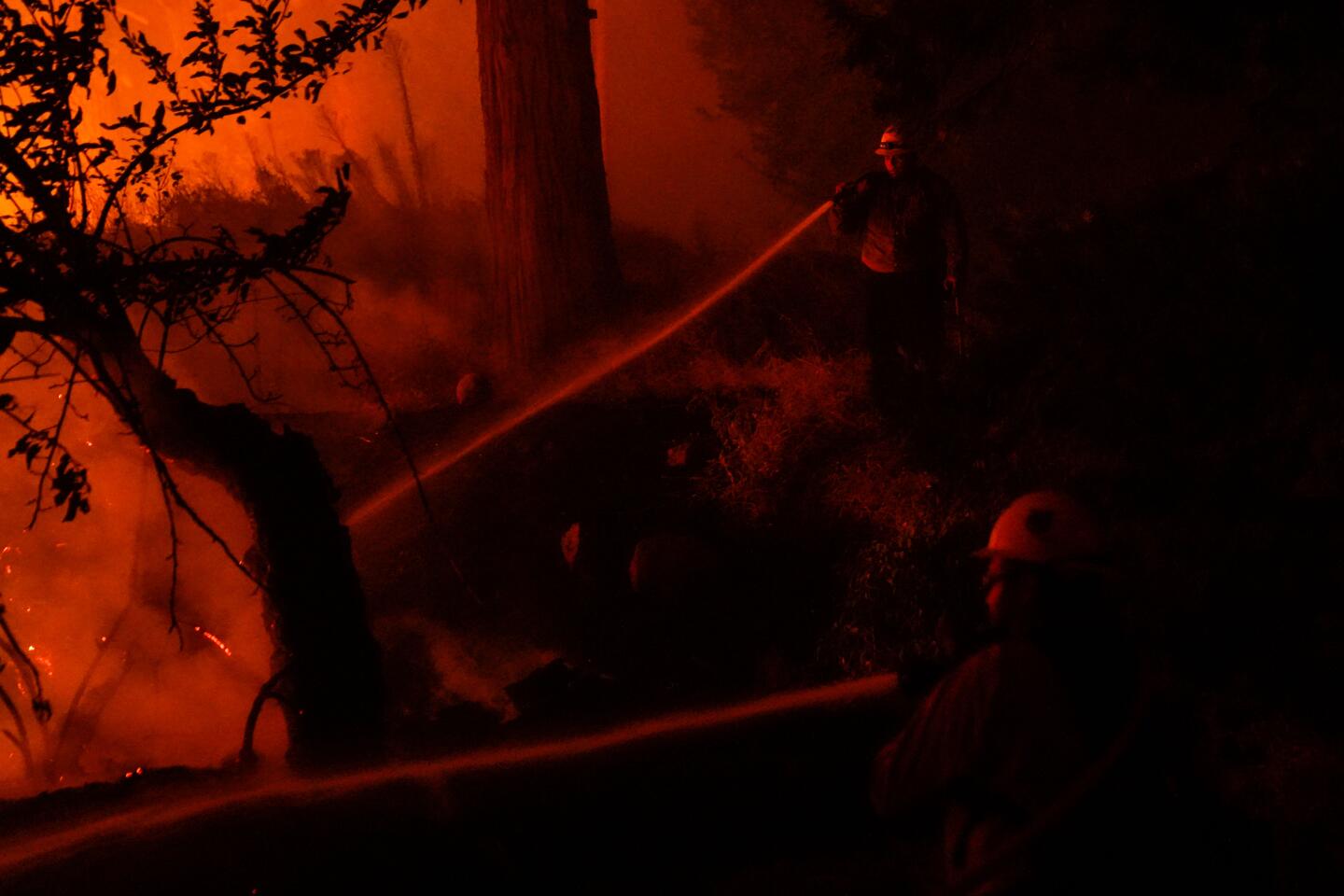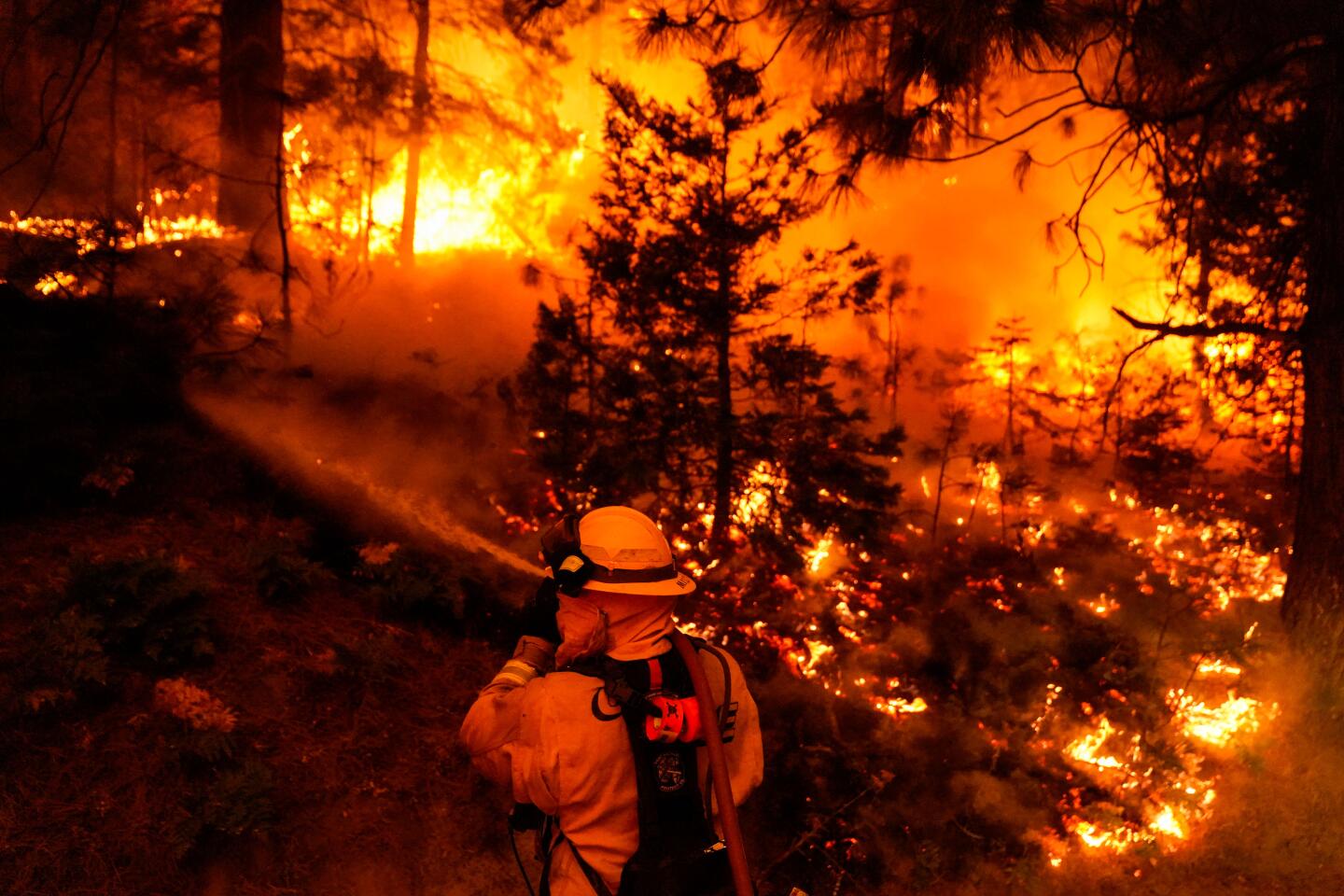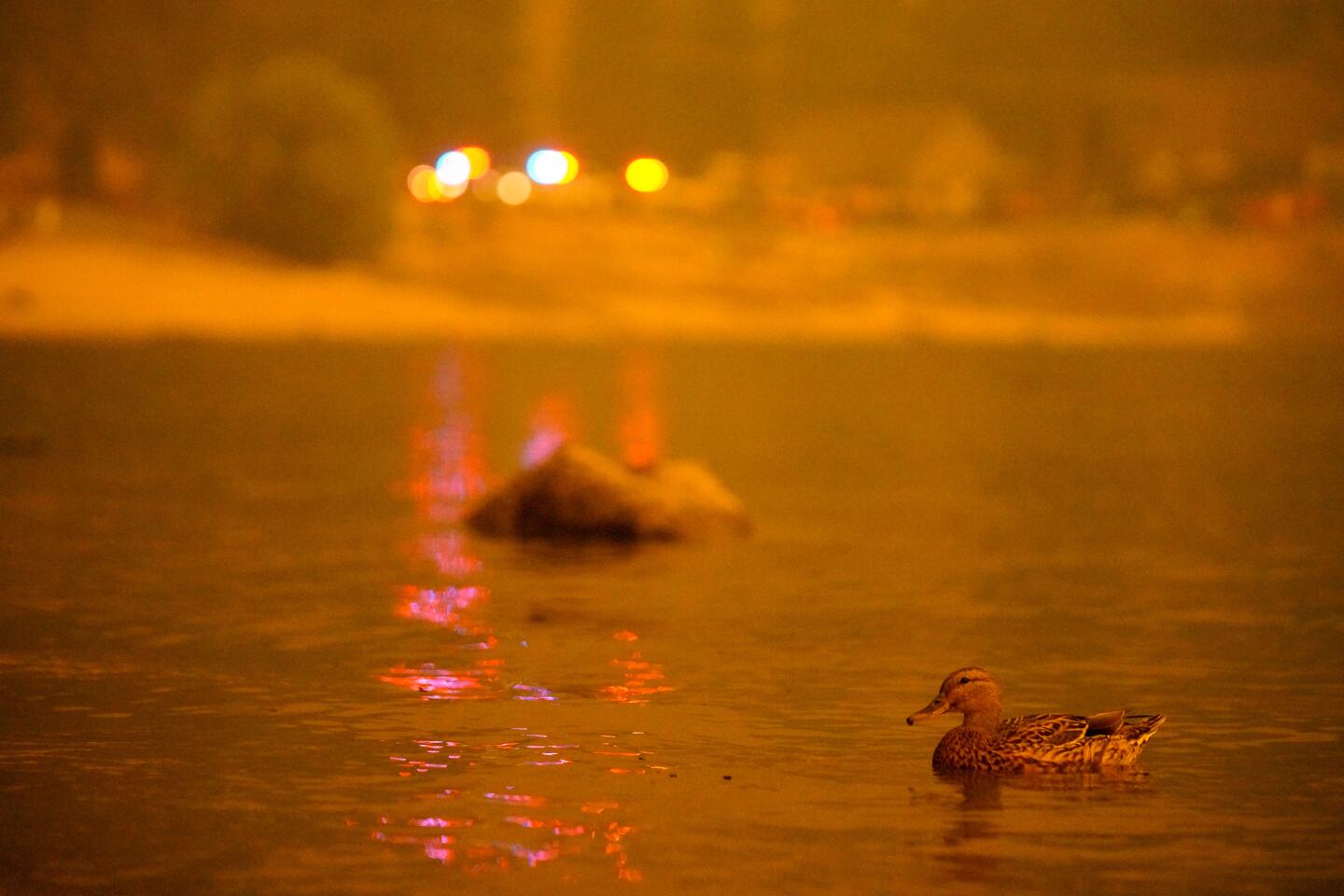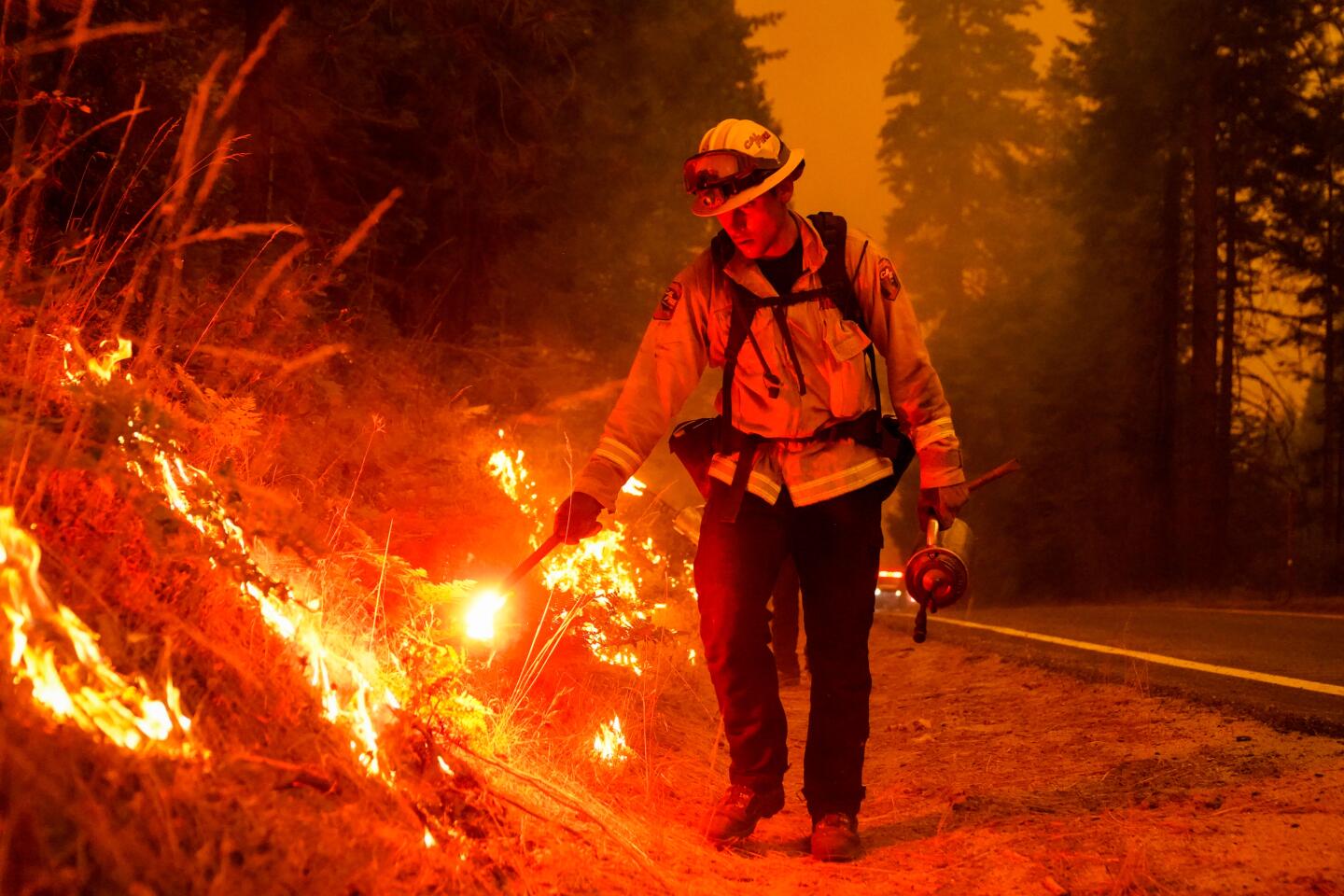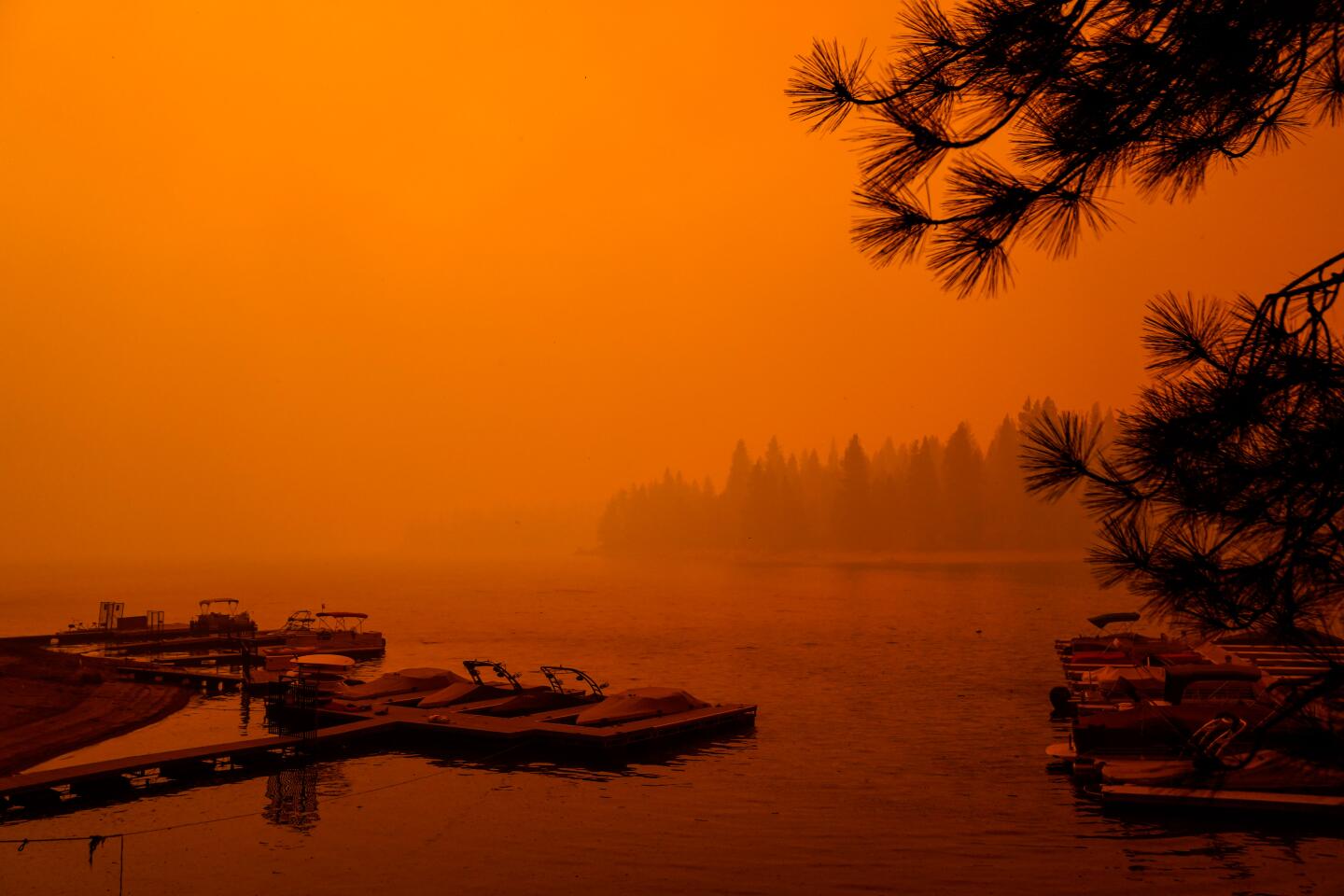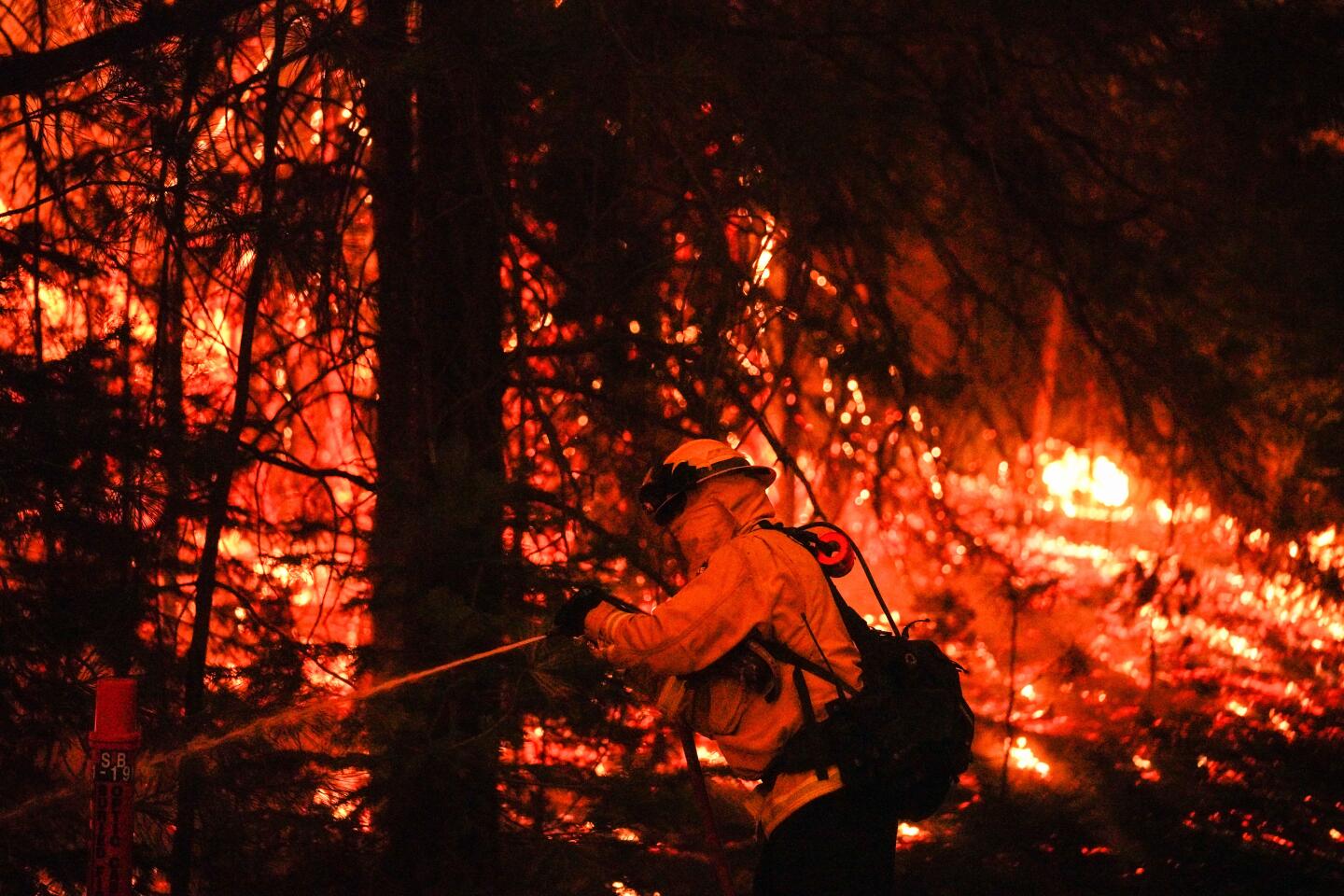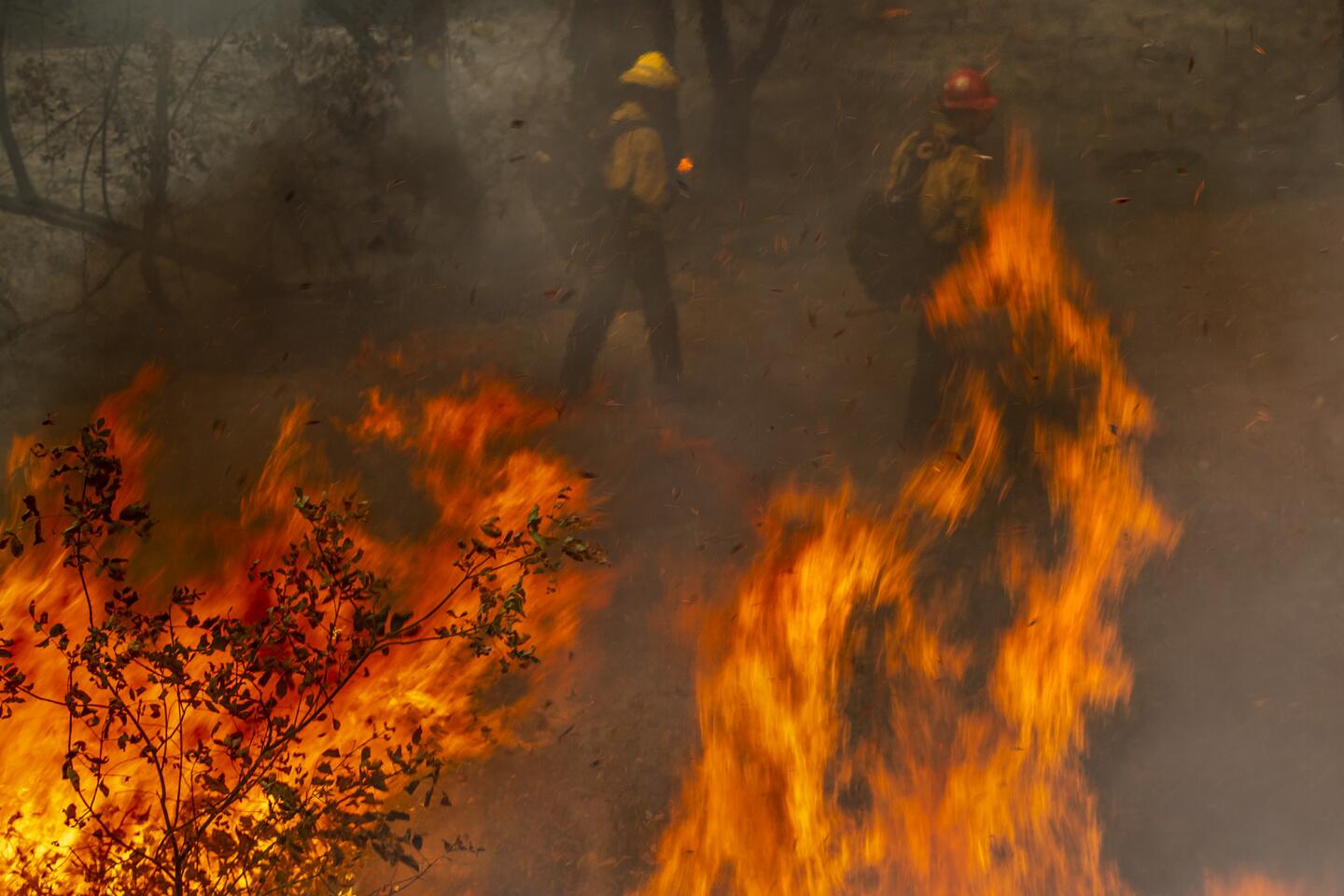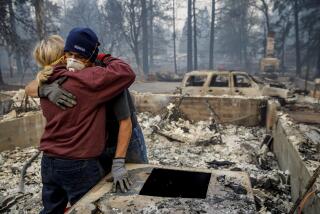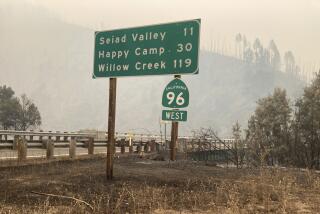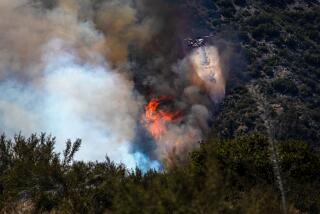Firefighters thought the California blaze was dying. Then it killed at least 12
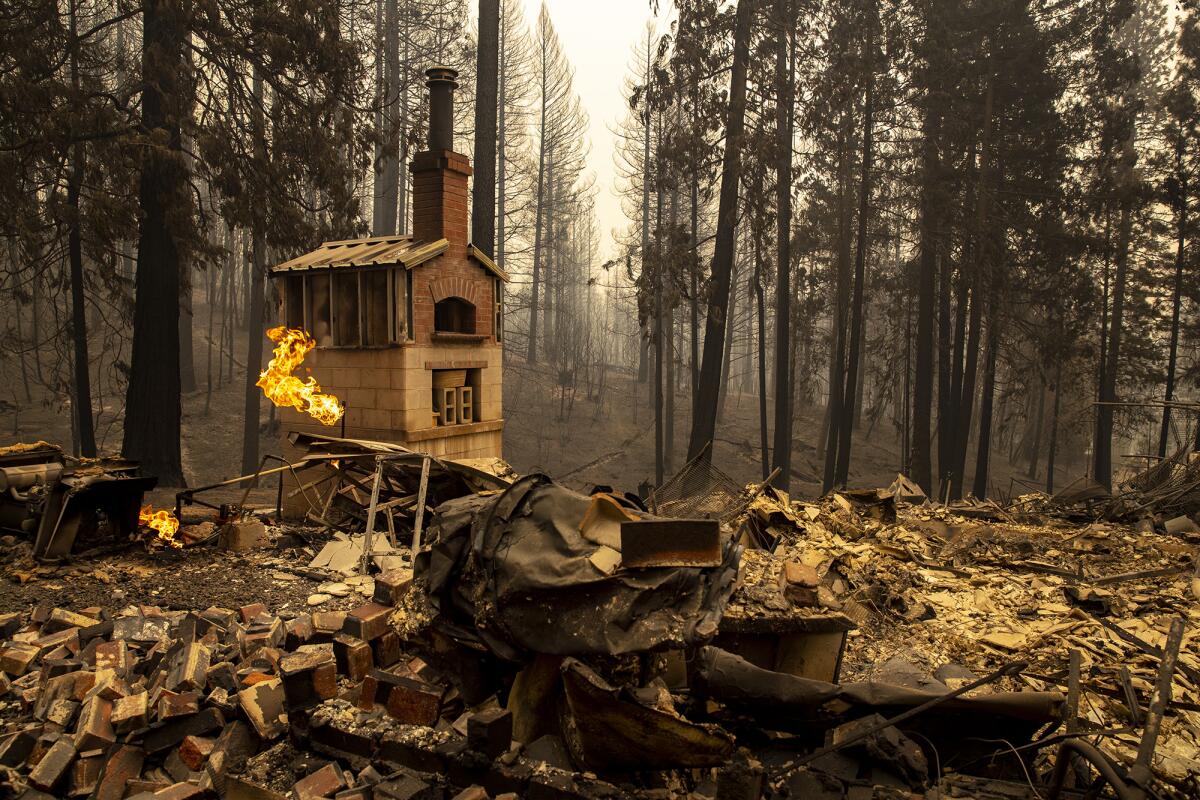
Earlier this week, the North Complex fire was a dying giant that was more than half-contained, not the monster it would become.
Firefighters thought a river, one crew of firefighters and one incomplete line of bare earth might keep the Northern California fire from racing toward communities like Berry Creek, officials said.
At the time, firefighters said they had few options, so everyone hoped for the best.
Then the fire exploded, traveling with astounding speed into Butte County mountain communities, killing at least 12 people with more than 20 still missing, and destroying hundreds of structures.
When the winds came, the firefighters were quickly overwhelmed.
There are troubling parallels between this fire and the fast-moving inferno that burned down much of Paradise two years ago, killing more than 80.
Like the Camp fire in 2018, which jumped the Feather River’s north fork and charged into Paradise in 2018, powerful wind gusts of up to 50 mph carried embers from a wildfire over the Feather River, this time east over its scenic middle fork, and into the brittle conifer crowns on the other side, south of Last Chance Creek.
There, the winds were funneled parallel to the steep canyon walls, creating a blowtorch-like effect that blasted the burgeoning spot fire into an untamable beast that crews were helpless to stop as it raced toward several Butte County hamlets.
In both cases, some residents said they did not receive warnings to evacuate and ultimately chose to stay or were unable to leave.
There were also differences. The Camp Fire burned into Paradise just hours after being sparked by power equipment. Its path sent it straight into a city of more than 20,000 residents. The North Complex fire burned for some time in remote forest land before making its run. The path sent it into a more rural, less densely populated area of Butte County.
The North Complex spot fire became a crown fire, the most intense type of forest fire there is because of a combination of its unpredictable behavior, extreme heat and speed. All crews can do is get out of its way as it scorches trees and plants in its path from top to bottom, leaving woody skeletons in its wake. The spot fire was located about 10 a.m. Tuesday and was 500 acres by 10:30 a.m. and 1,000 acres soon after, said fire public information officer Sean Collins.
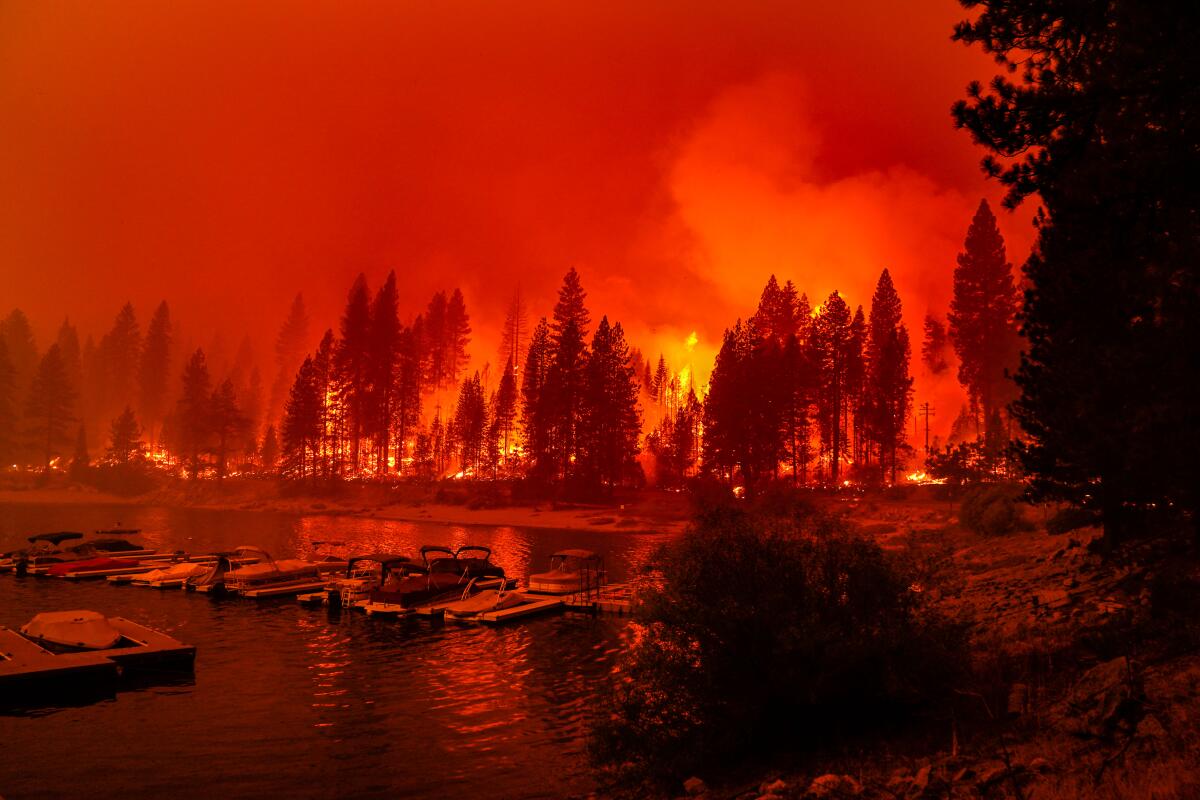
Firefighters had been banking on the weather continuing to work in their favor the day the fire exploded back to life after jumping the water at a horseshoe bend.
For weeks, the North Complex fire had trudged along as three separate fires, then two as one went out on its own. The twin blazes for days slowly crawled toward each other in the wilderness along the river as a heavy layer of smoke kept the fire’s activity low and firefighters exploited the opportunity to shore up defenses on its northern, southern and western flanks.
But a part of the fire’s eastern flank nearest the river was an open question. Although the smoke had kept the fire down, it was having the same effect on aircraft, eliminating the chance to cake the area in retardant or attack hot spots with water-dropping helicopters. Firefighters relied on drones with infrared cameras to pinpoint where the flames were going.
On Tuesday, an operations sections chief on the fire, Jake Cagle, laid out how tenuous the situation was on Facebook during the fire’s morning update. The video was posted online at 10:02 a.m., after the fire had already jumped the river.
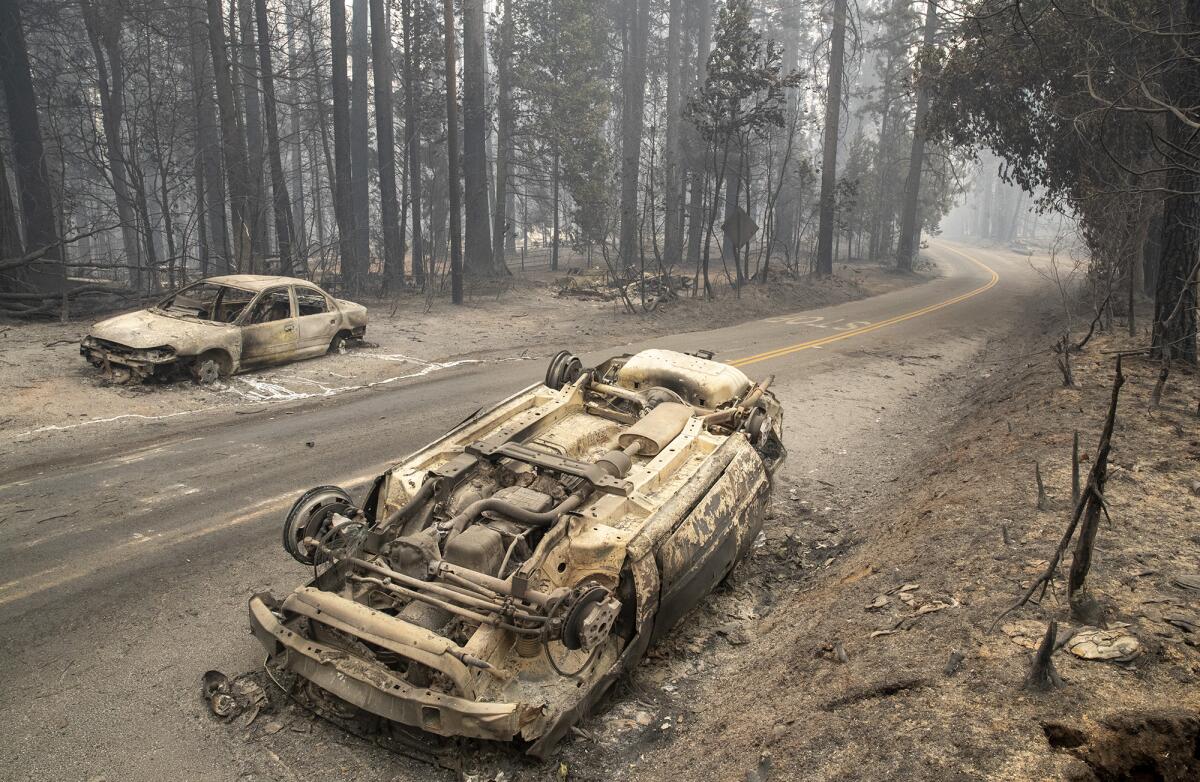
Much of the eastern side was contained but there was a chunk of the fire that was still burning hot and “backing down” the hills toward the river, a phrase for when a fire is slowly going downhill rather than racing quickly uphill.
“No issues through there that we see,” Cagle said, before noting that should the fire jump the river, there was a Canadian crew on the other side to monitor it. The map also showed a distant “contingency line,” some earth scraped bare as a last line of defense to stop a ground fire.
But Cagle also hinted at firefighters’ lack of options, should things go sour.
“We’re expecting 45 mph gusts down those canyons, so if something were to establish, we have to look at the safety of our resources so the plan here is to not get too committed, because this is extremely steep,” he told viewers. “If it’s something they can pick up with air assets and utilize those air assets, we will.”
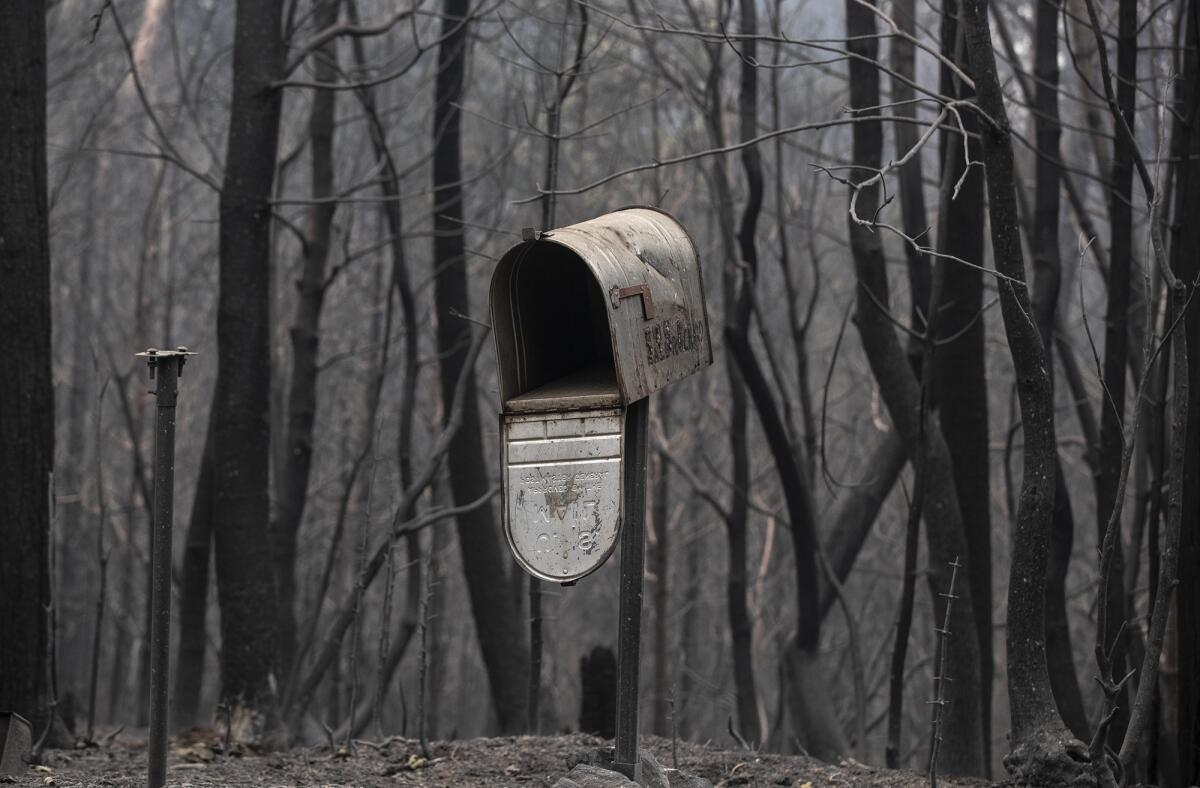
But, he continued, “Air assets after 30 mph winds, it’s unsafe to fly those aircraft. So if we are getting 45 mph out here, we may not be able to utilize those aircraft. So we’ll see how that goes today.”
Fire behavior analysts, he said, “don’t see the huge potential for it to come out of here.”
They were wrong.
Collins elaborated on firefighters’ thinking going into that Tuesday morning.
“Pretty much the river was being used as a break,” Collins said. “The smoke, potential winds, we just wanted to leave the fire to come down, as it were, prior to the wind shift... the fire conditions in the area were looking favorable, and all the effort was being utilized on the areas that we could get to and protecting the towns of Quincy, Bucks Lake, Haskins Valley and Meadow Valley.”
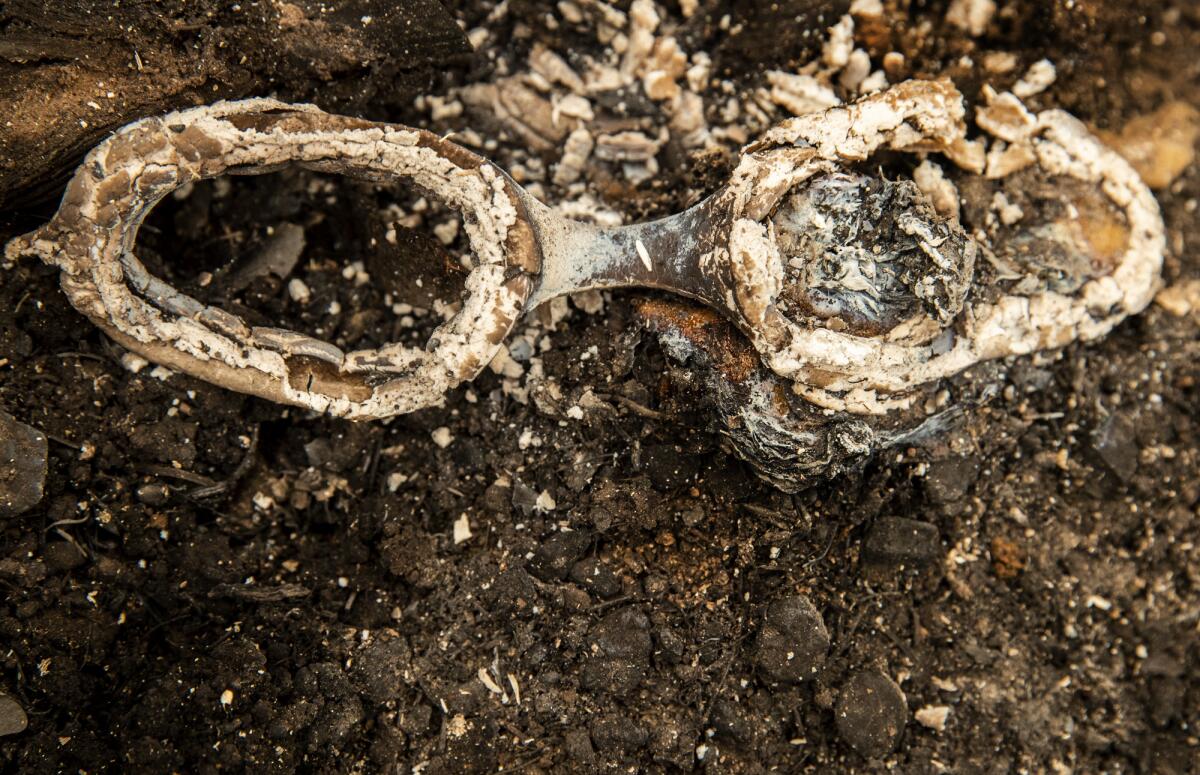
Ultimately, the Canadian crew were helpless to stop the fire once it jumped the river and it easily passed the only unfinished contingency line set up to hold it back from Berry Creek and nearby towns.
“As the crowns burn, all those pine needles are forced in front of the fire, causing further spot fires in front of the fire and they kind of simultaneously grow together and continue that flaming front,” Collins said.
That afternoon, just as evacuations were underway in Berry Creek, firefighters posted an update with a much more urgent message.
“About 10 a.m., it did come across the middle fork and with 45 mph [winds] it got into the crowns, it’s still making a crown run,” Cagle told viewers. “About every 30 minutes, it’s burning a 1,000-acre run... we’re projecting this is going to hit Oroville. Check those websites and please if you’re in that area to be evacuated... it makes it easier for us to do our job if you listen to those evacuations.”
Incident records and interviews by The Times found that the protection of those in harm’s way was hindered by evacuation orders that came by surprise, went unheeded and were impaired by a power outage. Pacific Gas & Electric shut down its community resource center in Berry Creek about 2:30 p.m. because of the incoming fire, about an hour before residents there were told to leave.

“We did the best job that we could, given the resources and time that we have,” said Butte County Sheriff-Coroner Kory Honea, who has the grim job of overseeing the search for bodies.
“That said, as I have said many, many times before, there is no way to guarantee 100% saturation of your message,” he added. “There’s no way to guarantee perfection. It’s particularly difficult when we’re dealing with communities in remote and rural areas that are hard to get to and sometimes have spotty coverage.”
Times staff writer Paige St. John contributed to this report from Butte County.
More to Read
Start your day right
Sign up for Essential California for news, features and recommendations from the L.A. Times and beyond in your inbox six days a week.
You may occasionally receive promotional content from the Los Angeles Times.
